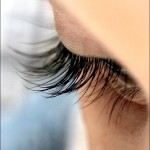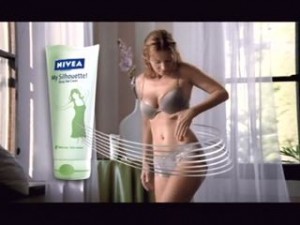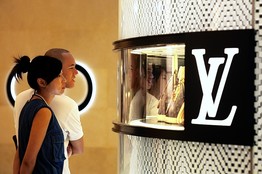The Globe and Mail article on Thursday, September 29 on Reebok’s misrepresentative marketing of their EasyTone and RunTone footwear caught my eye. Nadia Niky summarizes the article in her BComm blog here.
But this topic instigated thoughts on other outrageous actions other products claim to do. The original newspaper article mentions Nivea’s My Silhouette skin care line that supposedly “reduces the size of certain body parts.” Federal Trade Commission has already taken action, and a notice has even been put on Nivea’s website here.
What other crazy, hard-to-believe and extremely deceiving product claims are also out there? I’ve heard of:
- $140 LiLash eyelash enhancing serum, which claims to lengthen and thicken one’s eyelashes;

- organic cigarettes;
- Danone’s immunity-enhancing yogurt;
- Lululemon’s Vitasea line, claiming to have health advantages from the seaweed in the fabric.
The Globe and Mail’s article ends on a hopeful note: “‘We take all allegations seriously… If consumers feel a company is engaging in misrepresentation, we’d certainly encourage them to let us know.'”
I think there should be more commissions set up to properly evaluate claims before companies can market such products. The FTC is optimistic, but seems to rely too much on consumers’ initiatives.




